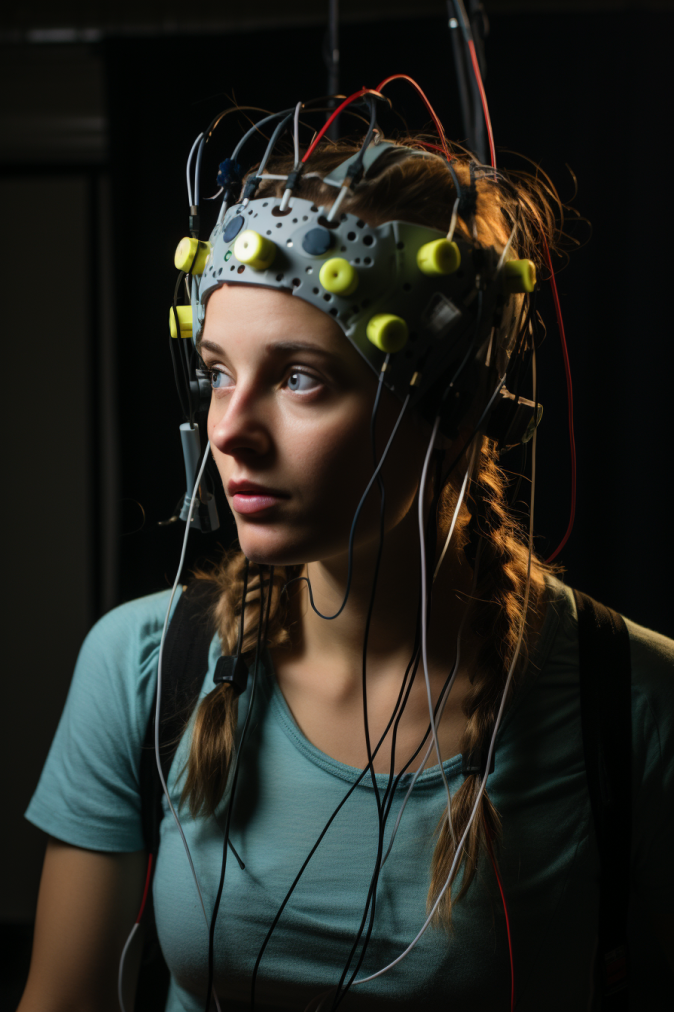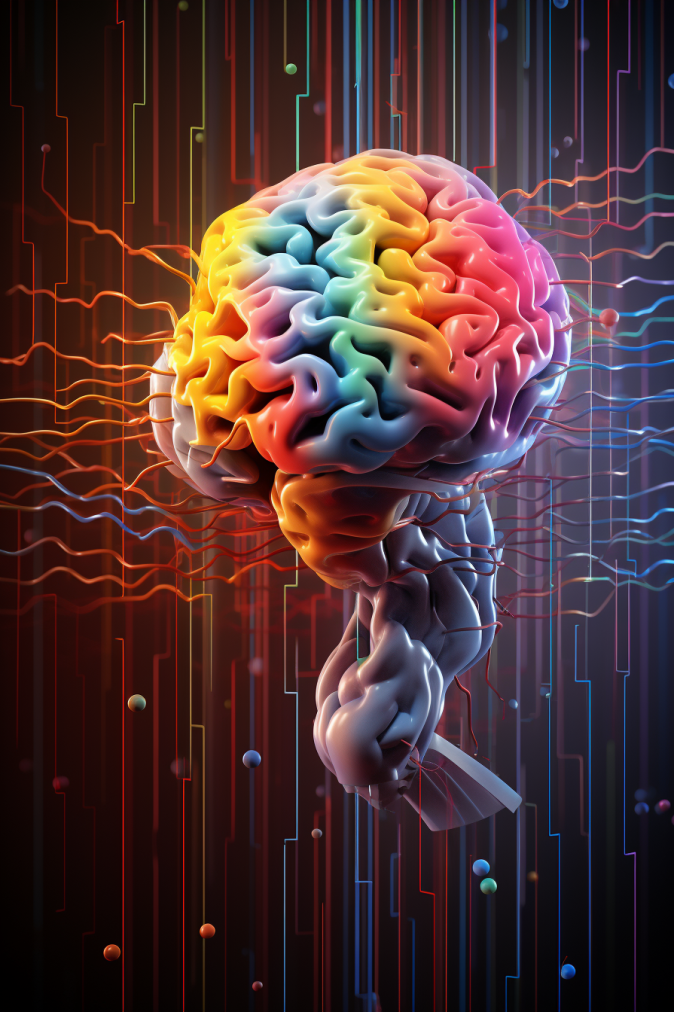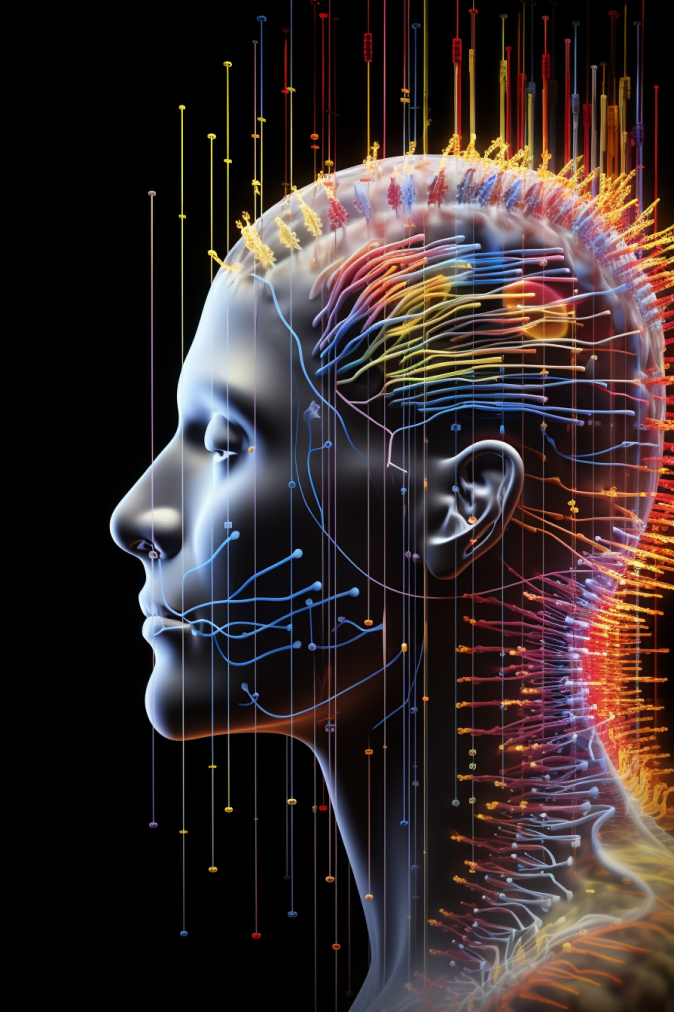
The primary auditory cortex plays a crucial role in processing auditory information.
Located in the temporal lobe of the brain, it is responsible for various functions, including sound detection, frequency processing, loudness perception, sound localization, and higher-level functions such as auditory object formation, temporal processing, and contribution to speech perception.
Understanding the primary auditory cortex’s function and how it works is essential to comprehend the complexities of human hearing and speech perception.
What is the main function of the primary auditory cortex?
The primary auditory cortex, nestled within the temporal lobe of the brain, plays a crucial role in our auditory perception.
Let’s delve into its main functions:
- Read also: The Homunculus Unveiled: Exploring the Motor Cortex
- Read also: Unraveling the Wonders: What is the Visual Cortex?
Sound detection
When you hear a sound, whether it’s a melodic tune or a loud bang, the primary auditory cortex kicks into action.
It’s like the gatekeeper that alerts your brain that something audible is happening.
Without this function, you might miss out on the chirping of birds or the honking of cars.
Frequency processing
Ever wonder how you can differentiate between a high-pitched whistle and a low-pitched rumble?
That’s thanks to the primary auditory cortex.
It processes the frequency of sound waves, allowing you to perceive different pitches and tones.
So, when you enjoy your favorite song, you can thank this cortex for letting you savor every note.
Loudness perception
Imagine attending a concert.
The music is booming, and the crowd is cheering.
Your primary auditory cortex is hard at work, helping you gauge the intensity of those sounds.
It’s responsible for perceiving the loudness or softness of what you’re hearing.
Without it, everything might sound equally loud or silent, making for a confusing auditory experience.
Sound localization
Have you ever turned your head to pinpoint the source of a sound?
That’s your brain’s way of using auditory cues to determine where the sound is coming from.
The primary auditory cortex plays a vital role in this process.
It helps in discerning the location of a sound source, contributing to your spatial awareness.
So, whether it’s a friend calling your name or a distant siren, you can quickly figure out where it’s coming from.

Higher-Level Functions of the Primary Auditory Cortex
The primary auditory cortex isn’t just about detecting sounds and figuring out where they’re coming from.
It’s also responsible for some higher-level functions that are crucial for our everyday auditory experiences.
Let’s take a closer look:
Auditory object formation
Imagine you’re at a busy cafe.
There’s chatter all around, the clinking of cups, and the whirring of the coffee machine.
Amidst this cacophony, you’re able to focus on your friend’s voice and carry on a conversation.
That’s thanks to the primary auditory cortex.
It helps in forming and recognizing auditory objects, essentially allowing you to pick out individual sounds amidst a sea of noise.
So, when you hear your friend’s voice above the din of the cafe, you can thank your primary auditory cortex for helping you tune in.
Temporal processing
Have you ever tried to decipher someone’s speech when they’re talking really fast?
Or maybe you’ve tapped your foot to the beat of a song?
That’s your brain’s temporal processing at work.
The primary auditory cortex is involved in processing the timing and duration of auditory stimuli.
This is crucial for understanding speech patterns, recognizing rhythm in music, and even perceiving the subtle nuances of sound.
So, when you catch every word of a rapid-fire conversation or groove along to your favorite song, you can thank your primary auditory cortex for its impeccable timing
Contribution to speech perception
Speaking of conversations, the primary auditory cortex plays a pivotal role in speech perception.
It helps in recognizing and comprehending spoken language.
Think about it – when someone speaks to you, your brain effortlessly decodes the sounds into meaningful words and sentences.
This process relies heavily on the functions of the primary auditory cortex.
So, whether you’re engaged in a deep discussion or simply chatting with a friend, you can thank your primary auditory cortex for making it all possible.

How the Primary Auditory Cortex Works
The primary auditory cortex operates as a sophisticated processing hub for the auditory information we receive.
Here’s a breakdown of how it works:
Input reception
The journey begins with the thalamus, a relay station in the brain.
This crucial intermediary receives auditory information from our ears, collecting the varied sounds that surround us.
Information processing
Once in the hands of the primary auditory cortex, this incoming information undergoes a transformation.
The cortex processes and organizes the auditory data, taking into account key factors like frequency and intensity.
It’s akin to sorting through the diverse elements of a musical composition to create a harmonious arrangement.
Encoding by neuronal networks
The primary auditory cortex isn’t a solo act.
Neuronal networks within this brain region take center stage.
These intricate networks are responsible for encoding and interpreting the processed auditory signals.
Think of it like a well-coordinated team working together to decipher the language of sound.
Perception and understanding
The ultimate goal of this intricate process is the perception and understanding of sounds.
By encoding and interpreting the auditory signals, the primary auditory cortex enables us to make sense of our acoustic environment.
It’s the reason we can distinguish a bird’s song from the rustling of leaves or the laughter of friends from the hum of background noise.

Consequences of Damage to the Primary Auditory Cortex
When the primary auditory cortex sustains damage, it can result in significant challenges related to auditory processing.
Here’s a breakdown of the consequences:
Sound perception difficulties
Damage to the primary auditory cortex can disrupt the ability to perceive and make sense of sounds.
This means that everyday auditory experiences, such as recognizing melodies or identifying specific noises, may become challenging for individuals with such damage.
Speech recognition challenges
The primary auditory cortex plays a crucial role in the recognition of speech.
If damaged, individuals may encounter difficulties in understanding spoken language.
This can manifest as struggles in discerning words, following conversations, or comprehending the nuances of verbal communication.
Impaired sound localization
Locating the source of a sound in our environment relies on the proper functioning of the primary auditory cortex.
Damage to this area may lead to difficulties in accurately pinpointing where sounds are coming from.
This can impact spatial awareness and make navigating through auditory spaces more challenging.
Complex auditory information interpretation
The primary auditory cortex is involved in processing complex auditory information.
Damage to this region may result in challenges when trying to interpret intricate sound patterns or distinguishing between different auditory stimuli.
This can affect the ability to process and understand a variety of sounds in our surroundings.
- Read also: Answered: Exploring the Functions of the Sensory Cortex
- Read also: Brain Function: Exploring the Significance of the Motor Cortex

Conclusion
Situated in the brain, the primary auditory cortex is a crucial and intricate region dedicated to handling auditory information.
Its responsibilities span a spectrum of tasks, ranging from the fundamental detection of sounds to the more advanced realm of speech perception.
Grasping the significance of the primary auditory cortex is key to unraveling the complexities of human hearing and communication.
FAQs
The primary auditory cortex is a region of the brain responsible for processing auditory information, including sound perception, frequency processing, and speech recognition.
Damage to the primary auditory cortex can lead to difficulties in sound perception, speech recognition, and localization of sound sources.
The primary auditory cortex plays a crucial role in speech perception by processing and interpreting the acoustic cues present in spoken language.



